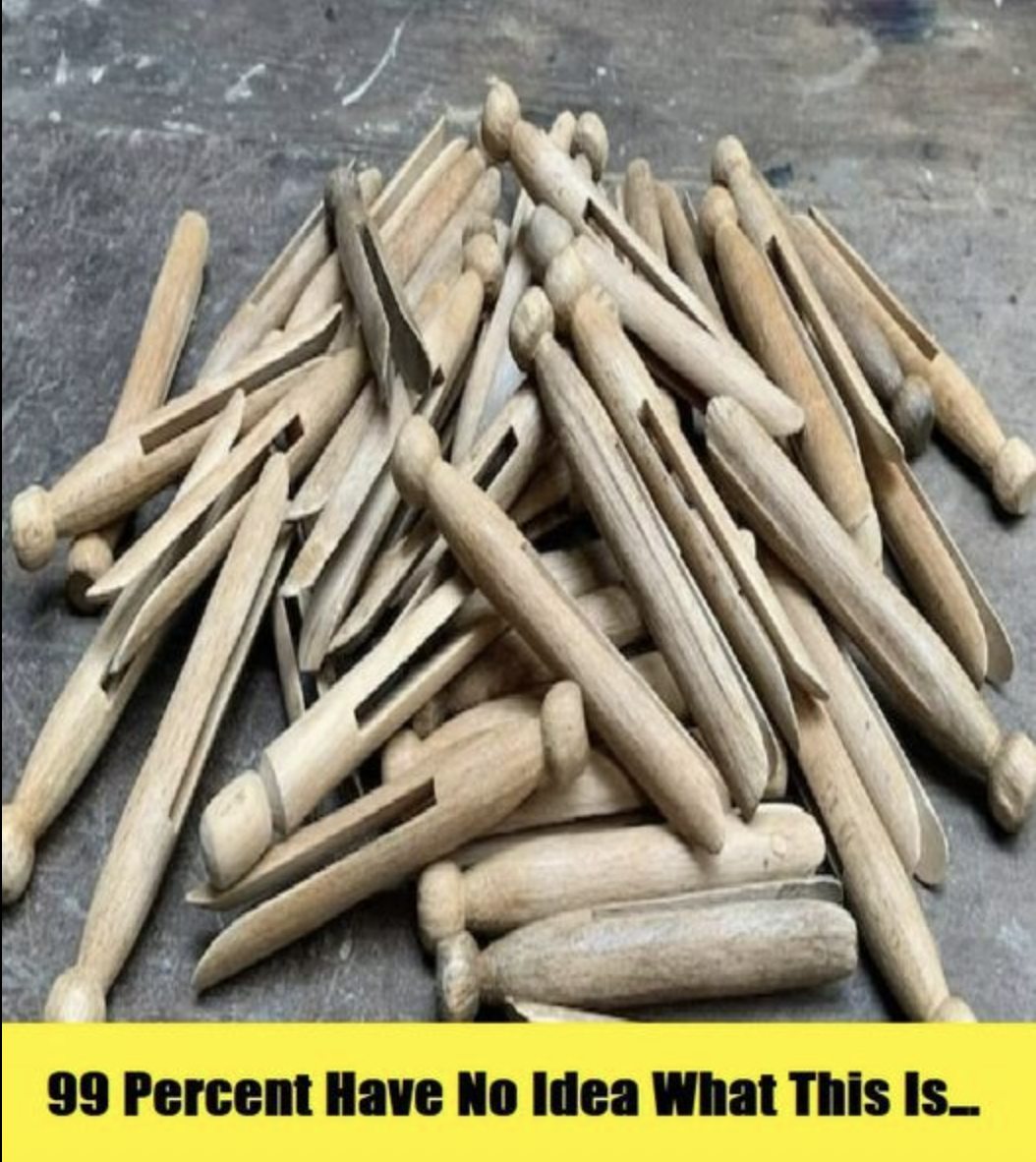What Is a Wooden Clothespin?
A wooden clothespin, also called a clothes peg, typically consists of two wooden pieces connected by a spring. This design allows it to clamp tightly onto clothes, holding them firmly to a clothesline—even on windy days.
A History Stretching Back Centuries
The origins of clothespins date back to ancient times. Early versions were often carved from wood, bone, or even stone, sometimes featuring decorative patterns. However, the modern wooden clothespin design we recognize today took shape in the 19th century.
In 1853, Vermont inventor David M. Smith patented an improved clothespin featuring two wooden pieces hinged by a wire spring. This design allowed the longer ends to be squeezed together, opening the shorter ends to grip clothing securely. Smith emphasized that his design prevented the pins from being blown off by the wind—a “serious evil to washerwomen.”
From Handcrafted to Mass Production
As industrialization advanced, wooden clothespin production became mechanized. Factories produced standardized pins quickly and affordably, making them common household items across many countries.
Despite the arrival of plastic alternatives, wooden clothespins have remained popular thanks to their durability, eco-friendliness, and nostalgic charm. They are still widely used today for hanging clothes, as well as in crafts and decorations.
Which Is Worse: Losing Socks to the Wind or the Dryer?
Whether you’ve experienced the frustration of a sock disappearing in the dryer or blowing away on the line, the wooden clothespin stands as a symbol of simple, effective design helping keep laundry in place.
Have a story about clothespins or laundry mishaps? Share your thoughts and pass this story along to friends—we’d love to hear what others think!

